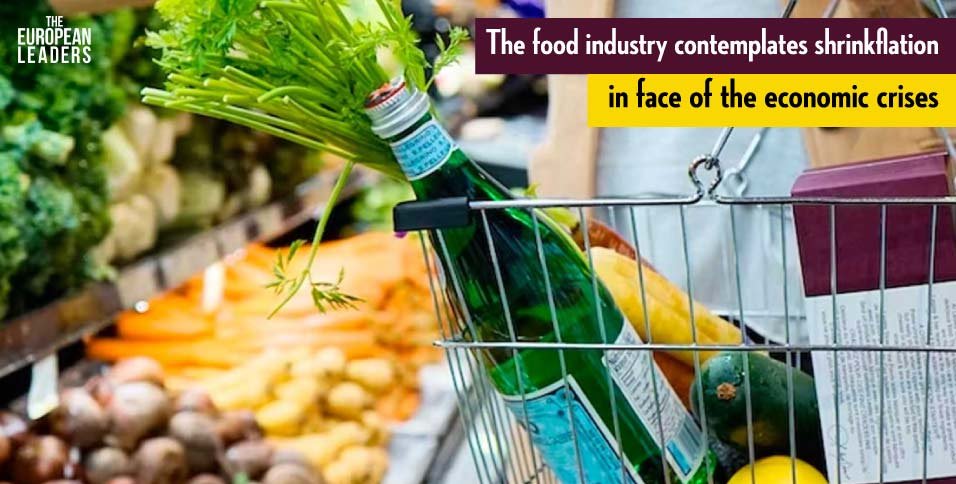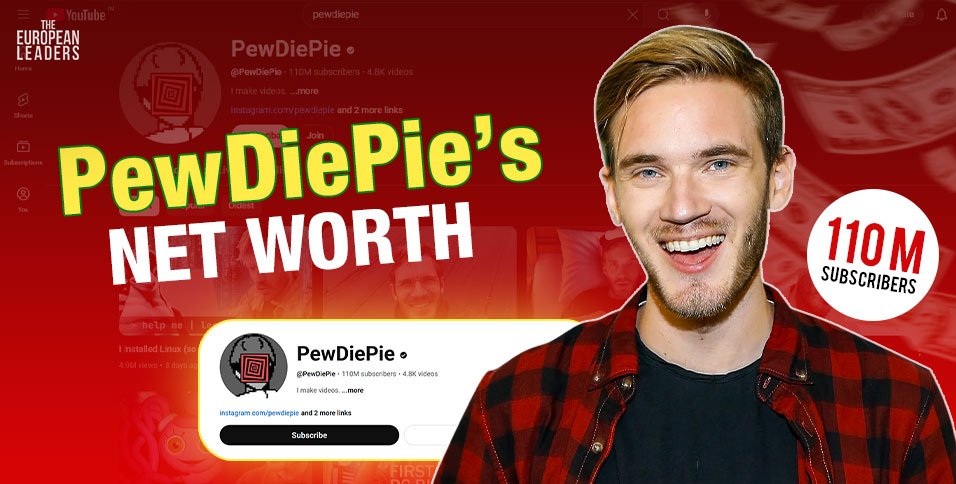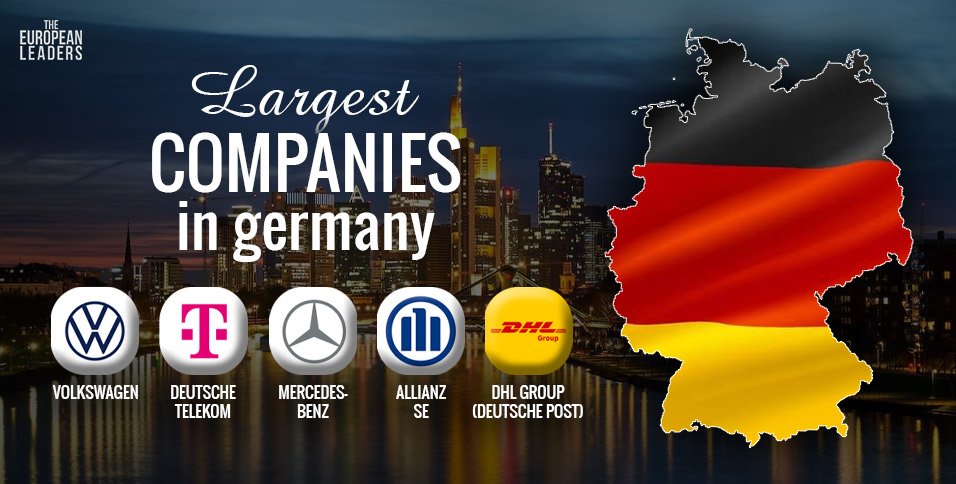In economics, shrinkflation refers to the strategy of decreasing the size or quantity of a product while keeping its price stable or slightly raising it. It can also involve a reduction in product quality or ingredient standards while maintaining the same price point. British economist Pippa Malmgren is widely recognized for coining the term in 2009. This practice has become increasingly prevalent in the food and beverage sector.
The French supermarket chain Carrefour has adopted a unique approach by affixing labels to products that have recently reduced in size while experiencing price hikes. This initiative, visible both in stores and on their website, aims to exert pressure on suppliers who have raised prices for the chain, despite recent declines in raw material costs. Carrefour has introduced warning stickers, labeled as “shrinkflation,” on various products, including items like Lipton Iced Tea, Pepsi, Lindt chocolate boxes, and baby milk powder.
In February 2023, amidst Poland’s inflation rate of approximately 17%, nearly double the eurozone average, retailers and food manufacturers turned to an age-old tactic to conceal rising costs from consumers. Shrinkflation has historical roots, having been employed by various entities throughout history, from Roman emperors debasing coins to Middle Ages bakers selling smaller loaves to prevent bread riots. In Poland, the recent surge in producers’ energy costs due to Russia’s full-scale invasion of Ukraine had prompted consumer goods companies to employ subtle yet legal means to maintain prices while providing less to consumers. They were redesigning packaging, reducing cleaning sponges’ thickness, and shrinking the size of their snack bags.
This practice of reducing product size or quality while maintaining or slightly increasing prices, can offer a short-term solution to certain economic challenges such as high inflation rates and economic crises. This strategy allows companies to stabilize prices and prevent significant price hikes, which could lead to consumer backlash and reduced purchasing power during periods of high inflation. By offsetting rising production and operational costs through shrinkflation, businesses can protect their profit margins and remain financially viable. Moreover, it helps avoid potential declines in consumer demand that could result from sharp price increases. Shrinkflation may also be more palatable to consumers compared to noticeable price hikes, as the changes in product size or quality may not be immediately noticeable.
However, it’s important to emphasize that shrinkflation provides temporary relief and may not address the underlying causes of economic challenges. Sustainable and comprehensive solutions are needed to address long-term economic issues effectively. As an entrepreneur in the food industry, to deal with such economic hurdles and challenges can be quite overwhelming. To decide whether such temporary reliefs can be obtained purely depends on the time.








